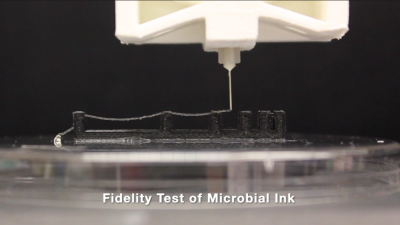Happy New Year, though it may not be for Blackberry fans. The company that has so often had their products compared to a certain addictive substance recently announced that they are ending support for Blackberry OS and Blackberry 10 devices.
What does this mean? While they won’t be bricking phones outright, they might as well be. On January 4th, Blackberry will be shutting off all the key services — data, SMS, phone calls, and 911 support. In official terms, they are ending network provisioning for these older devices, meaning that they won’t be able to join any cellular or WiFi networks.
Unless you’re old enough to remember, it may seem strange that these half-screen, half-keyboard machines once dominated the mobile market. But back then, the people who used them were texting wizards who had broken free from the chains of the T9 keyboard.
Though this news may not mean much except to a select few, it’s still sad to see the Blackberry era come to a true end. We never had one ourselves during the heyday, though we did pick up a cheap used model to carry around as a tiny mobile writing device and calendar. We sure do miss phones with real keyboards though, and would love to see them come back. At least the keyboards themselves get love in the hacker community.
[Main and thumbnail images via Digital Trends]


















